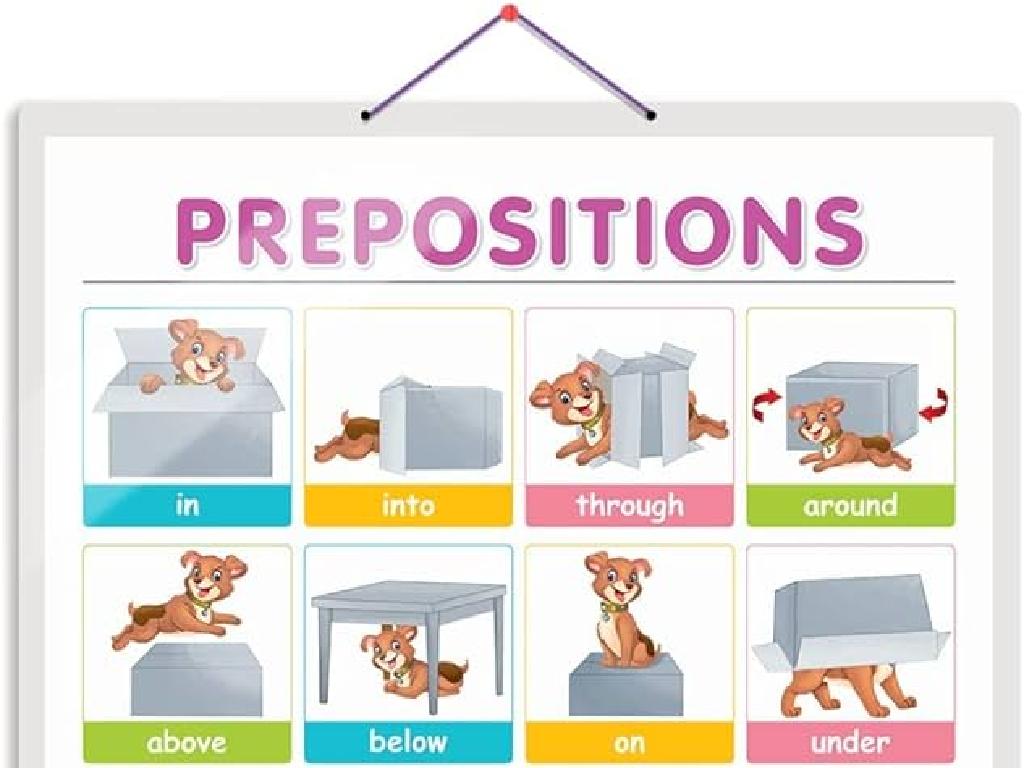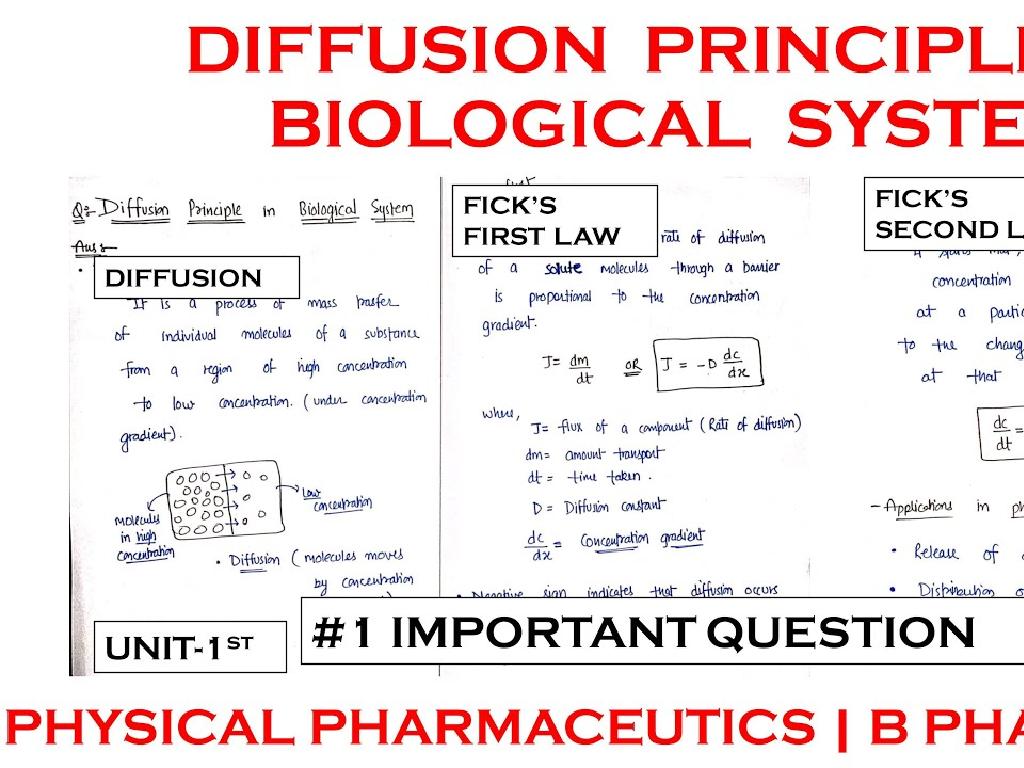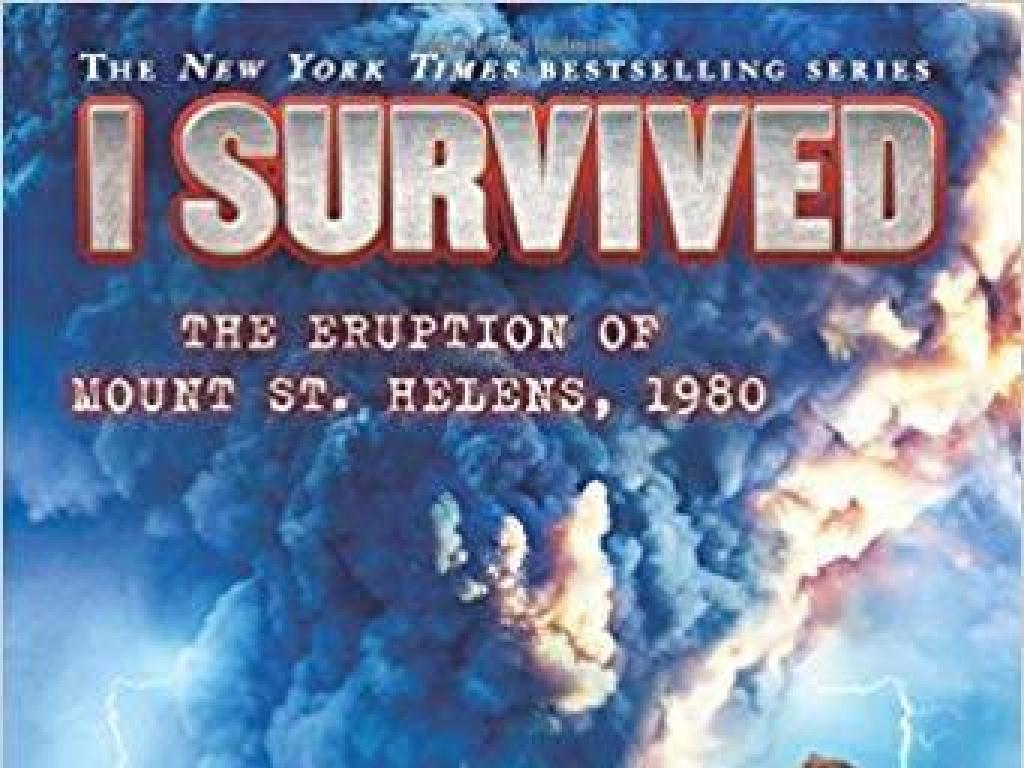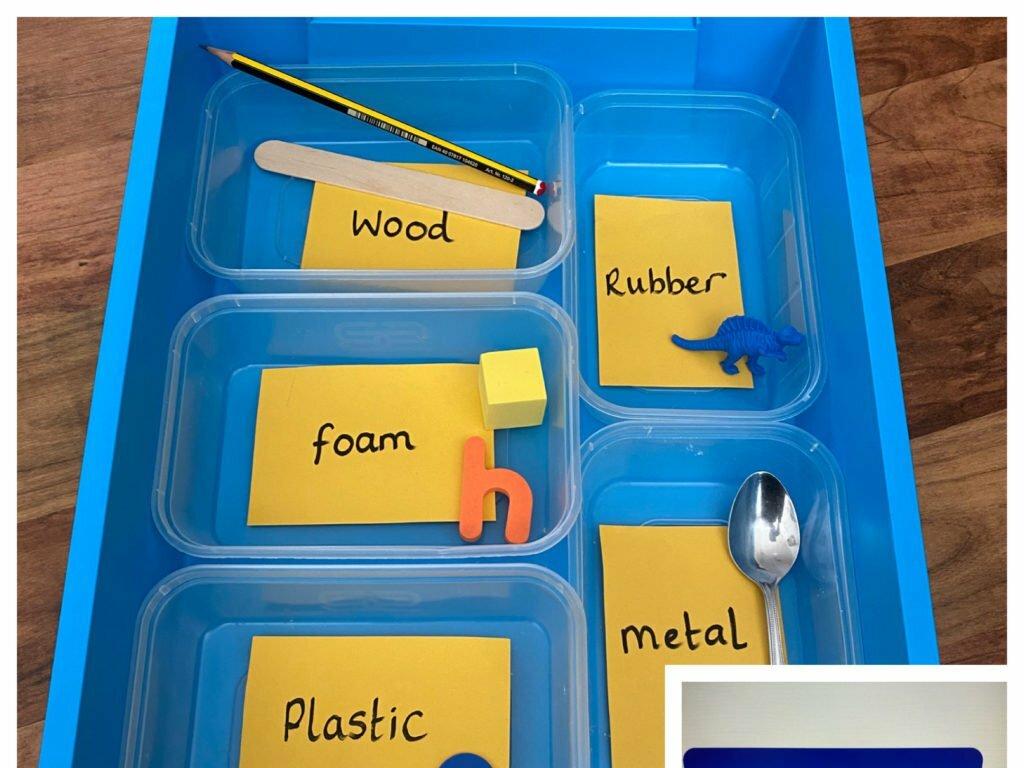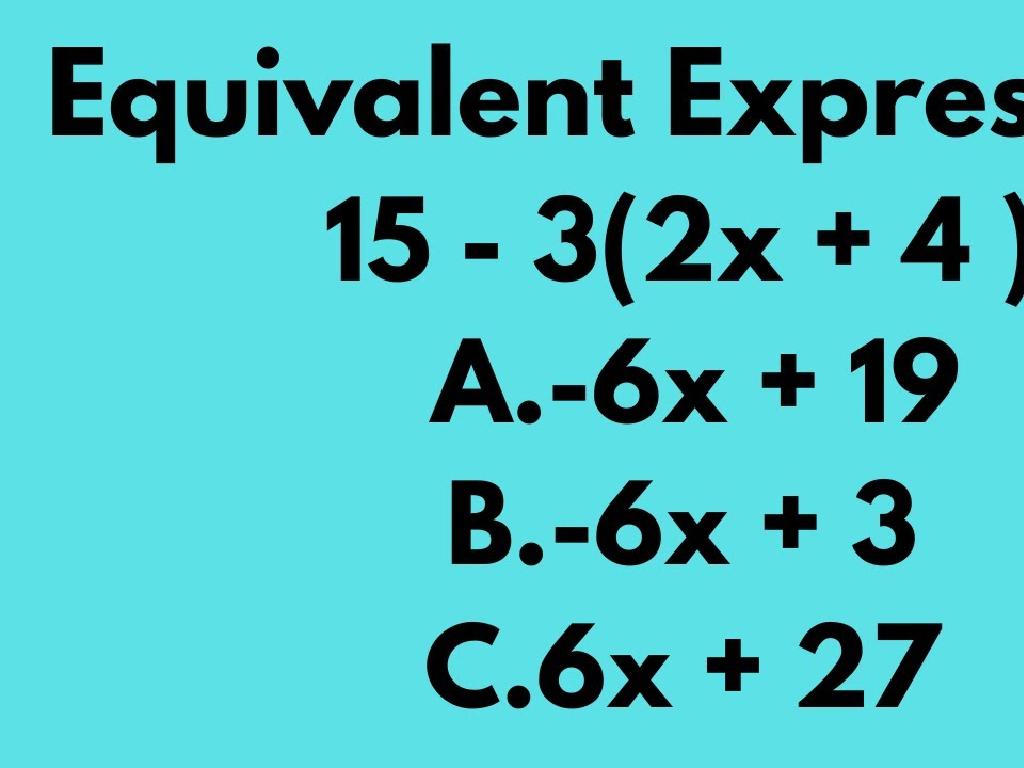Identify Prepositional Phrases
Subject: Language arts
Grade: Sixth grade
Topic: Prepositions
Please LOG IN to download the presentation. Access is available to registered users only.
View More Content
Welcome to Prepositions!
– Role of prepositions in sentences
– Prepositions show relationships between nouns or pronouns and other words.
– Defining prepositional phrases
– A phrase that combines a preposition with a noun or pronoun, e.g., ‘under the table’.
– Significance of prepositional phrases
– They provide additional details and clarify meaning.
|
This slide introduces students to the concept of prepositions and their function in sentences. Prepositions are words that show the relationship between a noun or pronoun and other parts of the sentence, often indicating direction, time, place, or method. Prepositional phrases consist of the preposition itself and the object it relates to, along with any modifiers of that object. Understanding prepositional phrases is crucial for students as they add context and detail to sentences, enhancing both writing and comprehension skills. Instruct students to identify prepositions in example sentences and to create their own sentences using prepositional phrases to reinforce the lesson.
Exploring Prepositions
– Define a preposition
– A word that shows the relationship between nouns or pronouns and other words in a sentence.
– List common prepositions
– For example: on, in, by, with, under, through, at.
– Prepositions in sentences
– ‘The cat is on the table.’ ‘On’ connects ‘cat’ and ‘table’ showing location.
– Understanding prepositional phrases
– A prepositional phrase includes the preposition, its object, and any modifiers of the object.
|
This slide introduces the concept of prepositions to the students, explaining that prepositions are words that link nouns, pronouns, or phrases to other parts of the sentence. It’s important to provide examples of common prepositions and show them in the context of sentences to help students recognize and understand their use. Additionally, explain that a prepositional phrase includes the preposition and its object, which can be a noun or pronoun, along with any modifiers. Encourage students to practice by identifying prepositions and their phrases in sentences they encounter in their reading or in classwork.
Identifying Prepositional Phrases
– What is a prepositional phrase?
– A phrase that begins with a preposition and ends with a noun or pronoun.
– Finding phrases in sentences
– Look for words that show a relationship between other words.
– Practice with examples
– ‘Under the table’, ‘after the party’, ‘beside the river’
– Tips for identifying phrases
– Check for words like ‘in’, ‘on’, ‘at’, ‘since’, ‘for’, ‘ago’, ‘before’, ‘to’, ‘past’
|
This slide introduces students to the concept of prepositional phrases and how to identify them within sentences. Begin by explaining that a prepositional phrase includes a preposition and its object, which can be a noun or pronoun. Emphasize that these phrases provide additional information about time, location, or direction. Encourage students to look for key prepositions that often signal the start of a phrase. Provide practice sentences for students to apply their knowledge, such as ‘The cat slept under the table’ or ‘She arrived after the party’. Discuss as a class how the prepositional phrases add context to the sentences. Offer tips for spotting prepositional phrases, such as looking for words that connect the object of the sentence to another word, indicating a relationship of place, time, or possession.
Functions of Prepositional Phrases
– Prepositional phrases as adjectives
– Describe nouns or pronouns. Example: The book on the table is mine.
– Prepositional phrases as adverbs
– Modify verbs, adjectives, or adverbs. Example: She ran towards the finish line.
– How prepositional phrases modify
– They tell us more about the words they modify, adding detail.
– Examples in sentences
– ‘Under the bed’, the monster waited (adjective). She spoke during the play (adverb).
|
This slide aims to teach students about the roles prepositional phrases can play in sentences. Prepositional phrases can function as adjectives, providing more information about a noun or pronoun. For example, in ‘the book on the table,’ the phrase ‘on the table’ describes which book. As adverbs, they can modify verbs, adjectives, or other adverbs, often indicating when, where, or how something happened, as in ‘She ran towards the finish line,’ where ‘towards the finish line’ tells us where she ran. Understanding how these phrases modify other words in a sentence will enhance students’ grammatical knowledge and improve their writing skills. Encourage students to create their own sentences using prepositional phrases as adjectives and adverbs for practice.
Activity: Crafting Sentences with Prepositional Phrases
– Write sentences with prepositional phrases
– Exchange sentences with a partner
– Discuss the role of prepositional phrases
– How do prepositional phrases add detail and clarity?
– Reflect on sentence enhancement
– Share how prepositional phrases made your sentences more interesting.
|
This activity is designed to reinforce the students’ understanding of prepositional phrases and their function in sentences. Students will write their own sentences incorporating prepositional phrases to gain hands-on experience. After writing, they will share their sentences with a partner for peer review. The class will then engage in a discussion about how prepositional phrases enhance sentences by providing additional detail and clarity, and how they can make writing more vivid and precise. Encourage students to think critically about the placement and impact of these phrases. Possible activities: 1) Sentence gallery walk, 2) Prepositional phrase charades, 3) Partner sentence swap, 4) Group sentence construction, 5) Class sentence improvement challenge.
Class Activity: Preposition Scavenger Hunt
– Find classroom objects for phrases
– Work in groups on sentences
– Collaborate to make sentences with prepositional phrases
– Use objects and prepositions
– For example, ‘The pen is on the desk’
– Present sentences to the class
|
This interactive activity is designed to help students identify and use prepositional phrases in a fun and engaging way. Divide the class into small groups and have them search the classroom for objects they can use in prepositional phrases. Once they have selected their objects, each group should create sentences using those objects with appropriate prepositions. Encourage creativity and correct usage of prepositions. Afterward, each group will present their sentences to the class, allowing for a review and discussion of the prepositional phrases used. Possible variations of the activity could include using classroom items to demonstrate ‘under’, ‘above’, ‘beside’, etc., or even creating a story that incorporates the prepositional phrases they’ve come up with.
Review: Prepositions and Their Phrases
– Recap: What are prepositions?
– Words that show location or time, e.g., ‘in’, ‘on’, ‘before’
– Identifying prepositional phrases
– Look for words that connect nouns/pronouns to other words
– The role of prepositional phrases
– They add detail to sentences and clarify relationships
– Q&A session
|
This slide aims to consolidate the students’ understanding of prepositions and prepositional phrases. Begin with a brief recap of prepositions, highlighting their function in indicating location or time. Reinforce the method of identifying prepositional phrases by looking for groups of words that begin with a preposition and end with a noun or pronoun. Emphasize how these phrases serve to provide additional information and clarity in sentences. Conclude with a Q&A session to resolve any doubts and ensure comprehension. Encourage students to ask questions and provide examples to illustrate their understanding. This interactive session will help assess their grasp of the topic and reinforce their learning.

